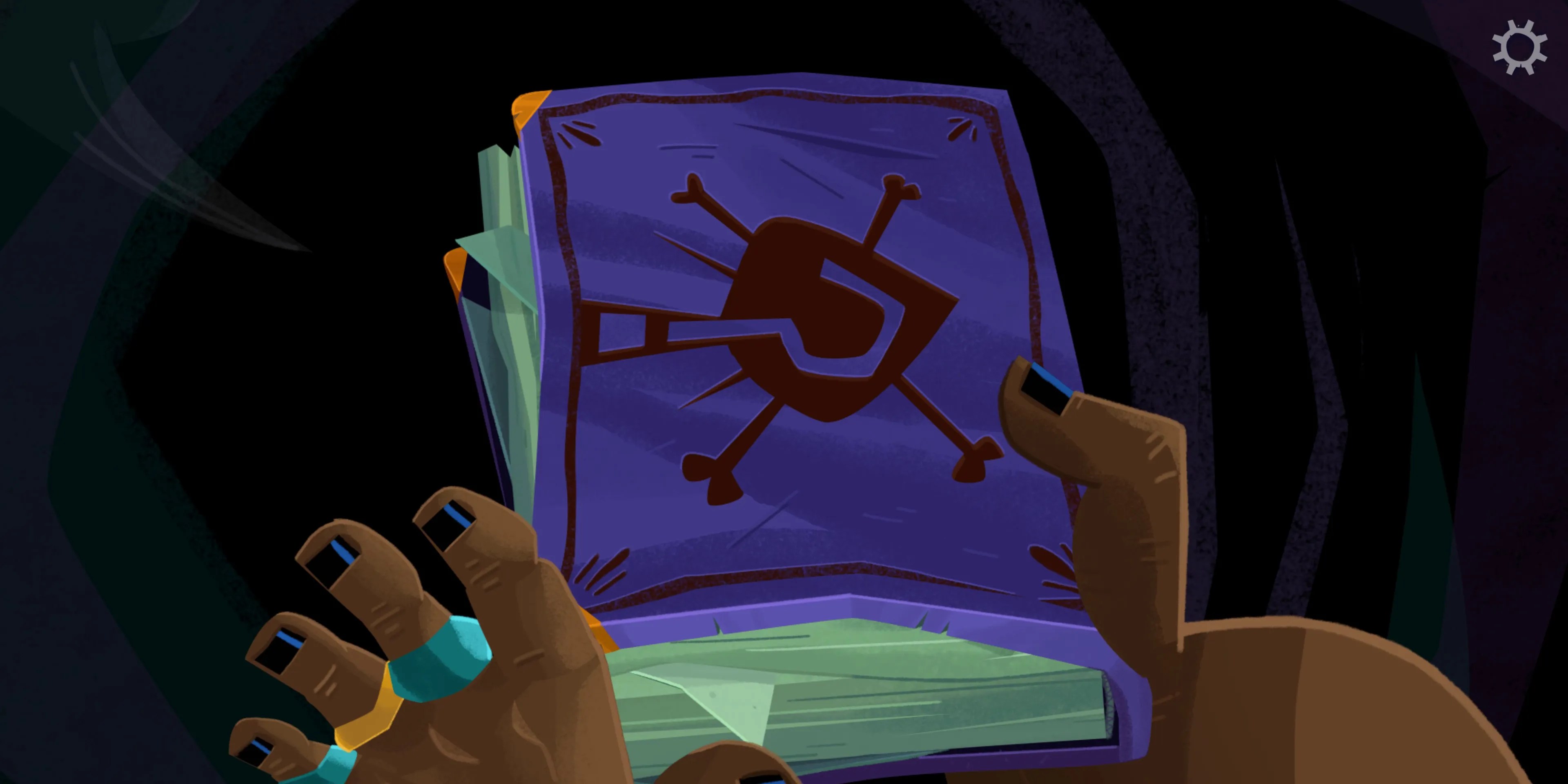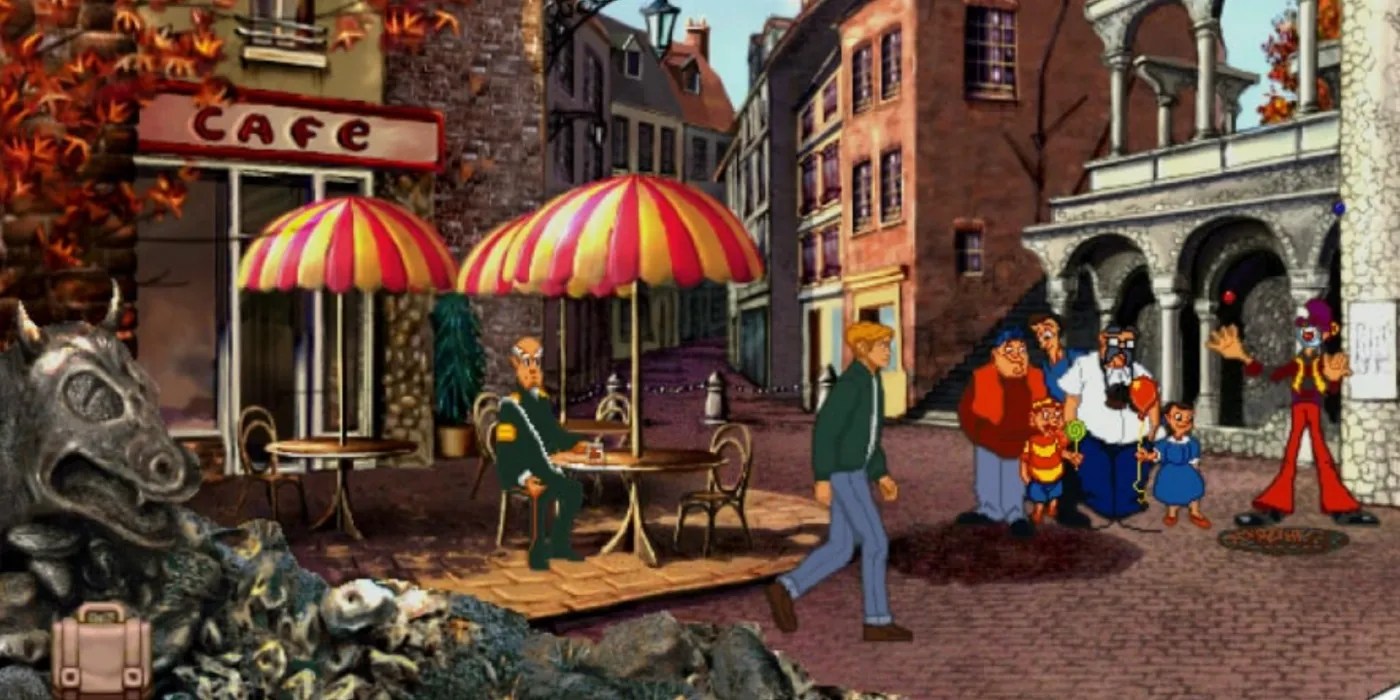Summary
Figuring out the solution to a particularly diabolical problem can shoot a player’s dopamine levels to the high heavens, but equally, a puzzle with no solution or progress in sight can dump players in puzzle purgatory. While there are plenty of high-quality guides available online, many players prefer to stick to it or quit. To prevent players fromditching their games out of frustration, many developers implement hint systems as guiding lights to put players back on the righteous path.
Unfortunately, simply giving players the answers does not make for a good puzzle experience, and in recent decades, many players have voiced frustrations about the hint systems themselves. However, a few studios have discovered a middle path when it comes to helping the player reach enlightenment, at least when it comes to teasing out the solution to their most punishing headscratchers.

The most famous point-and-click adventure game series in video games,Monkey Island,has been around long before the internet, although at one point, LucasArts did provide players a paid hotline for hints. After game forums and guides became widely available, LucasArts (then later Telltale) would need to find a compromise for those frustrated players. InTales of Monkey Island, the intrepid, wannabe-pirate protagonist, Guybrush, will produce clues for the player if they haven’t made progress in a lengthy amount of time.
This takes the pressure off players who may be sweating about whether they should consult a guide and keeps the story moving onward. Conversely,Return to Monkey Islandoffers players the choice directly. Guybrush is given a “Book of Hints” and explicitly told only to use it when he is unsure of the way forward, with a warning that “to know too much diminishes the voyage.” TheSecrets of Monkey Islandremake (theSpecial Edition) included a built-in hint system with an achievement for players who could finish the game without it.

While punctuated by eight dungeons and the occasional mini-dungeon, Koholint Island fromLink’s Awakeningcould be considered one large puzzle piece held together by a string of quests. It’s easy to get the order tangled up, which is why the telephone booths exist. These helpful tree houses provide Link a line to Old Man Ulrira. Despite having a shy personality in person, Ulrira will enthusiastically point the player to their next destination if they get lost.
This mechanic is introduced right at the start of the game and is an excellent optional recourse to players who may have returned after a long time away or those who are stuck for ideas. It would be hard to get any reception ina deep, dark dungeon, but thankfully, if Link gets stuck down in one of them, he can call on stone owls for clues on how to proceed, provided he can find the statue and its corresponding stone beak.

While the facial animation technology took the immersive experience of police interview and interrogation to a new level, there’s one thing that no amount of gameplay innovations can truly simulate:a seasoned detective’s intuition. The blockbuster crime thrillerLA Noirtranslates the concept of the “gut feeling” into “intuition points.” The player can then use these points to scrub wrong answers from an interview or highlight crucial clues.
Intuition points are entirely optional skip tools; confident players can choose to ignore them. These points are only refunded when the player reaches a new rank, with the top rank being 20. Players who have advanced quickly, thanks to their natural sleuthing skills, will not feel their loss too much, while those who are slower on the uptake can rely on them until they finally get the hang of police work.

As a pure point-and-click adventure game, theBroken Swordseries has always relied on players being able to figure out a clue, path, or puzzle to progress the story. Since the remaster of the first game in the series,The Shadow of the Templars, each game released has featured a diary to help the player keep track of clues and a context-sensitive hint system, which can be turned off or on at the player’s discretion.
However, inBroken Sword 5: The Serpent’s Curse, progression clues are not simply given once from the objective, but hints can be accessed several times, with each offering more detailed suggestions and then explanations on how to complete it. This gradient approach to hint-giving doesn’t completely remove the satisfaction of overcominga particularly strenuous problemand allows for a flexible difficulty curve.

Back when the N64Legend of Zeldagames were considered “huge open worlds,” players were offered a handy navigation buddy to aid them in their travels across Hyrule and Termina. Navi inTheOcarina of Timeand Tatl inMajora’s Maskare organically inserted into the story as hint-givers that few players would even regard as such. After long stretches of time, either fairy will chime in to drop someuseful information about a certain locationor give a clue about who they should talk to next.
It’s up to the player if they want to heed their advice or ignore it outright. The same goes for combatting enemies, as players can learn about a foe while targetting them by listening to the fairy’s advice. Even more subtly, both Navi (known during development as “Fairy Navigation System”) and Tatl (a tattletale) will occasionally fly to points of interest, such as a door mechanism, ocarina-sensitive spot, or block, to help Link make the first connection to the puzzle.

Video games have become more cinematic (and expensive) over the last couple of years, and keeping the visuals and screenshot-worthy gameplay flowing has become more of a priority for AAA studios, who are averse to the player potentially feeling a moment of friction and, therefore, disinterest. As a result, hints during puzzle segments can come flying in before the player even has had a chance to assess the problem, whether it be through text or a sidekick’s sideline commentary.
The hint system in the harrowingA Plague Tale: Requiemstands out more because ofits contemporaries' deficiencies. After thoughtfully implementing hints to help out the player through their journey, the studio also coded in an option for the player to customize the frequency of the in-game help, from normal or never to short and long breaks between suggestions. This simple implementation is cost-effective and player-friendly, as nobody needs to feel frustrated from getting stuck or from constant condescending puzzle spoilers.